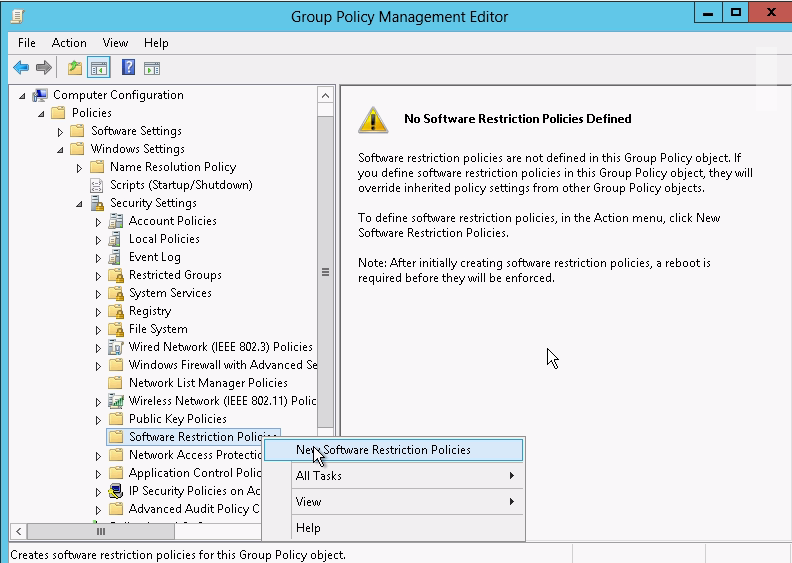dual ip layer architecture
- windows OS support both ip4/6
tunnleinig (6to4, 4 to6)
intra-site automatic tunnel addressing protocal (ISATAP)
- private networks
- ipv4 embedded in ipv6
- eg fe80::5efe:192:168.1.5
- host client must resolve name "isatap"
- create dns entry "isatap" for the istap router
- host upon boot up tries to resolve name "isatap"
- isatap router will send configuration info and host will self rconfigure itself with that info
- isatap router sends router adv with autoconfig prefix
Teredo
- tunnels ipv6 across ipv4 internet
- nat is common for edge devices
- multi-layers nat can become a problem
- encapsulates ipv6 to ipv4 udp (nat friendly)
teredo components
- tereso server: configure client address, set up communication
- (requires 2 public ipv4 addresses)
- teredo replay: forward between ipv4 only and ipv6 only
- teredo host-specfic replay
tunneling
ISATAP
DNS global query block list
WIndows DNS need to allow "isatap" query. to prevent non-satap server named "isatap"
change "wpad isatap" to "wpad"
Next, configure interface as isatap router interface. hosts will self assign ipv6 address based on that network address advertised.
IPv6 network host self assigned an IPv6 address
IPv4 host uses isatap to communicate with IPv6 network host























































